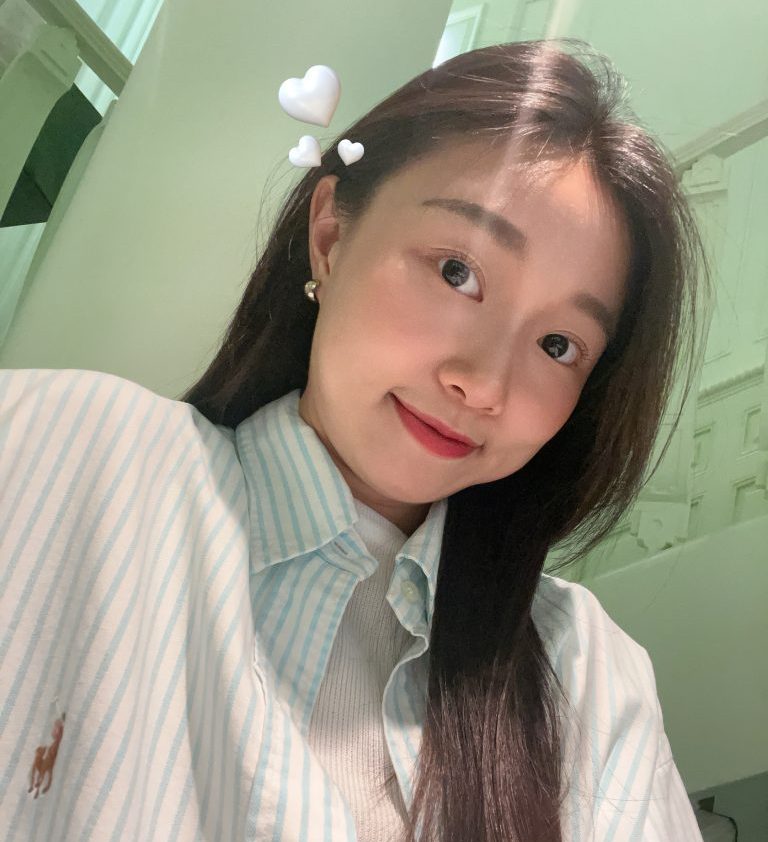Written Response
I tried to seek and find something interesting in a small square that is at a cross traffic junction. At first, I was curious about why it is a gathering place for pigeons, observing the point in time when they come to feed and the interaction between people and pigeons, and the relationship of pigeons in the city. After two weeks, I focused on one particular bench, and I tried to figure out why there was a collection of beer caps and nut shells and cigarette butts and other items in the crevices of the bench. And, because the bench was made up of multiple wooden benches, the objects just happened to appear to be arranged in an orderly fashion amongst the crevices, which were at once random and fixed, chaotic and orderly, which certainly resembled a bench artwork. Observing the arrangement and randomness of these objects, we can see that the bench hides and carries the memories and stories of countless passers-by, and the memories seem to be stored in the bench, and no one knows about them, I hope to further observe and discover the stories inside through my research method. As Ansarinia says: “I am fascinated by the ordinary and its relation to a larger context, and want to draw attention to the unnoticed aspects of our daily lives so that they are no longer taken for granted”. Furthermore, in ‘the hotel, room 47’, Calle tries to find out who they are, where they are and what they are doing simply from the remains left behind in the hotel.
“But if you pause and examine it carefully, you become convinced that each place in the carpet corresponds to a place in the city and all the things contained in the city are included in the design, arranged according to their true relationship, which escapes your eye distracted by the bustle, the throngs, the shoving.” (Calvino, 1974) So, I also started thinking about how this bench also corresponds and has a connection to all the things around it.
According to Wolff documented a series of makeshift seating arrangements found in Hong Kong’s narrow alleys, as well as photographing exhausted people crowded on trains in (Wolff 2011). These photographs have given me new perspectives and made me more aware of interesting perspectives that are hard to find in everyday life. In addition, I have started to try to understand why there are so many beer caps on the benches by observing people’s expressions and states. Therefore, I put by observing and recording the people and things that happen around the bench, I used extended photography and selected and zoomed in to observe the passers-by who stayed near the bench, observing their behaviours, expressions, and postures. In addition to that, I also hope to use the first viewpoint and substituting myself, by myself immersed in this bench, what behaviors I would do, how I would feel, what I would think about here, what kind of mood I would be in.
